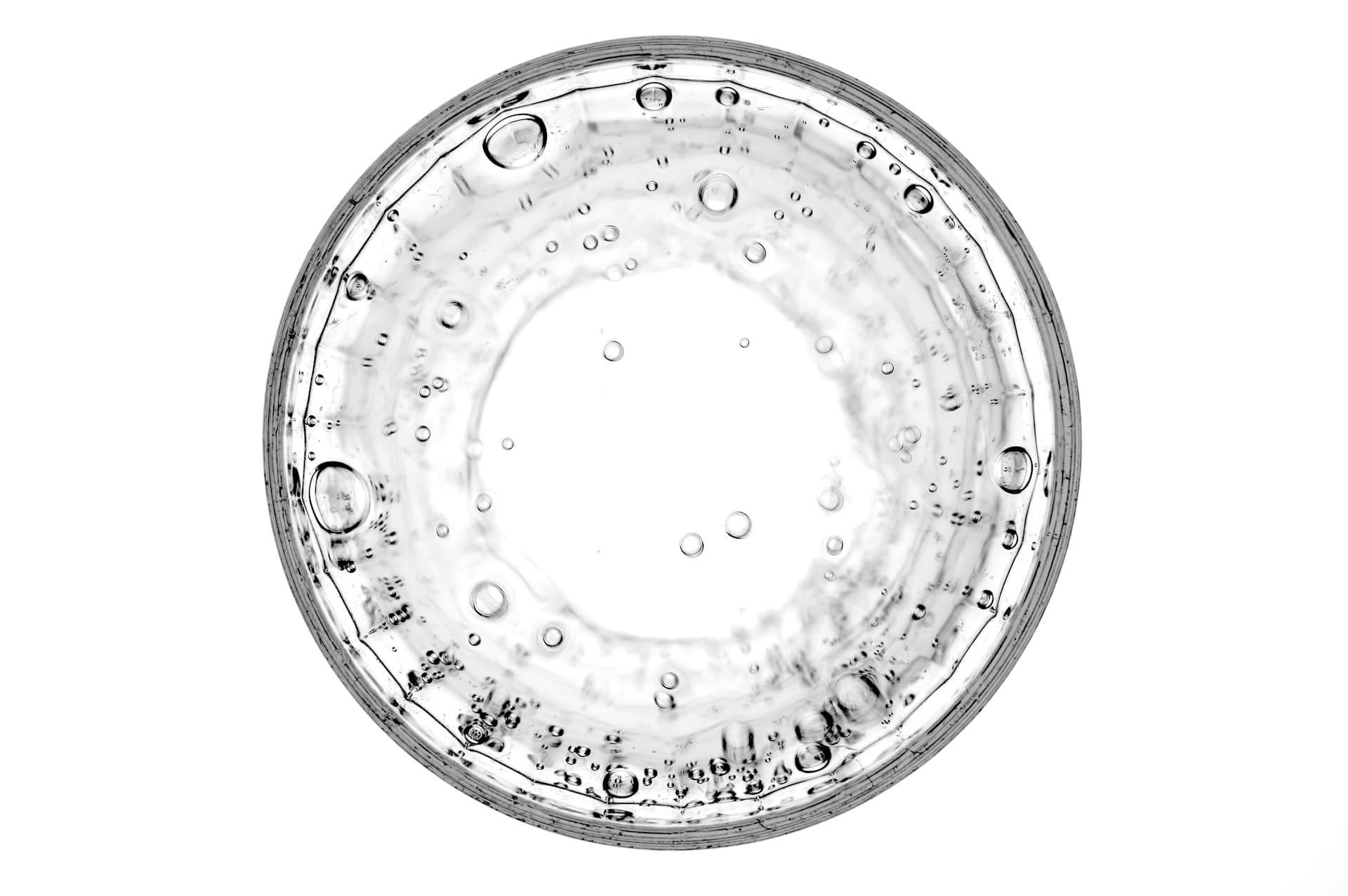The Science of Skin
A Deeper Look at Treating Hyperpigmentation
By Dr. Vongai • July 8, 2025

Hyperpigmentation—the term for darkened patches or spots on the skin—is one of the most common concerns I see in my clinic, and also one of the most complex. It can be a source of significant frustration, often because generic, over-the-counter solutions fail to deliver lasting results. The key to successfully treating it lies in understanding its cause and adopting a sophisticated, multi-layered approach.
Why is Hyperpigmentation So Difficult to Treat?
Hyperpigmentation is not a singular issue; it's a symptom. It's the result of excess melanin production, which can be triggered by a number of factors. True success requires a strategy that addresses both the existing pigmentation and the underlying trigger.
- Post-Inflammatory Hyperpigmentation (PIH): This common type occurs after an injury or inflammation, such as acne, eczema, or even an insect bite. The skin's healing response can trigger melanocytes (our pigment-producing cells) to go into overdrive.
- Sun Damage: Years of sun exposure lead to sun spots or age spots, which are concentrated collections of melanin.
- Melasma: Often triggered by hormonal changes (such as during pregnancy or from birth control), melasma presents as larger patches of discoloration and is notoriously difficult to manage.
An aggressive, one-size-fits-all approach can often backfire, causing more inflammation and worsening the very problem we are trying to solve. This is why a personalised, expert-led plan is non-negotiable.
Our Philosophy: A Multi-Faceted Approach
My philosophy for treating hyperpigmentation is built on three core pillars that work in synergy:
- Inhibit & Suppress: The first step is to calm the overactive pigment cells. This is primarily achieved through a bespoke at-home skincare regimen featuring active ingredients like tyrosinase inhibitors, which block the key enzyme in melanin production. This is the foundational work that prevents new pigmentation from forming.
- Lift & Exfoliate: Once the underlying trigger is being managed, we can work on the existing pigmentation. In-clinic treatments like targeted Chemical Peels and Microneedling are used to gently accelerate cell turnover, helping to lift and exfoliate the darkened skin cells from the surface.
- Protect & Maintain: Diligent, daily use of a high-factor, broad-spectrum sunscreen is the single most important element of any treatment plan. Without this protection, even the most advanced treatments will be undone by new sun-induced pigmentation.
Your Personalised Plan
There is no single 'best' treatment for hyperpigmentation. The optimal plan is one that is designed for your specific skin type, the nature of your pigmentation, and your lifestyle. It requires patience, consistency, and a true partnership between patient and clinician. If you are ready to move beyond frustration and towards lasting clarity, I invite you to begin your journey with a comprehensive consultation.
